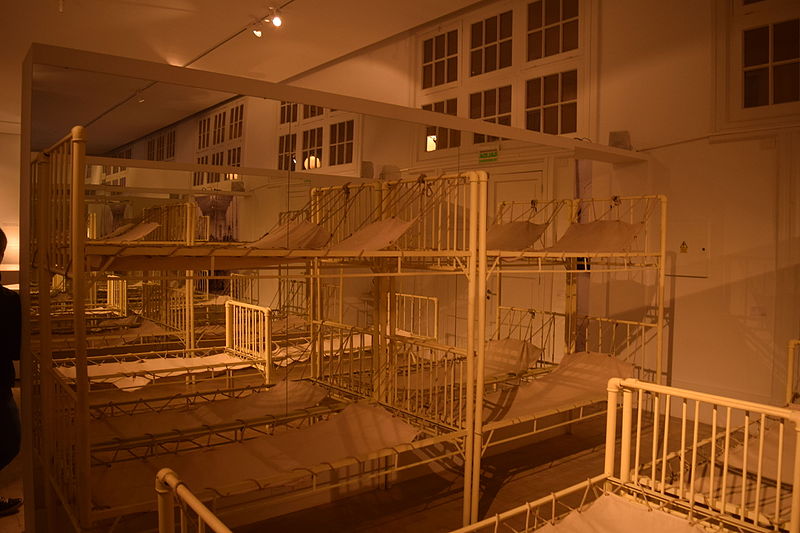At the edge of a port in Buenos Aires, Argentina, there stands a complex of buildings that once served as a home to thousands of people that were compelled to leave their own country behind: men, women, and children alike.
“Argentina once prided itself on a border policy so open that during the early 20th century it built an immigrant’s hotel in the port of Buenos Aires,” writes The Guardian. The hotel provided the immigrants with the necessary medical services, attention, and care, as well as with disembarkation services and accommodation, providing a place to live for the thousands of people who did not have one.
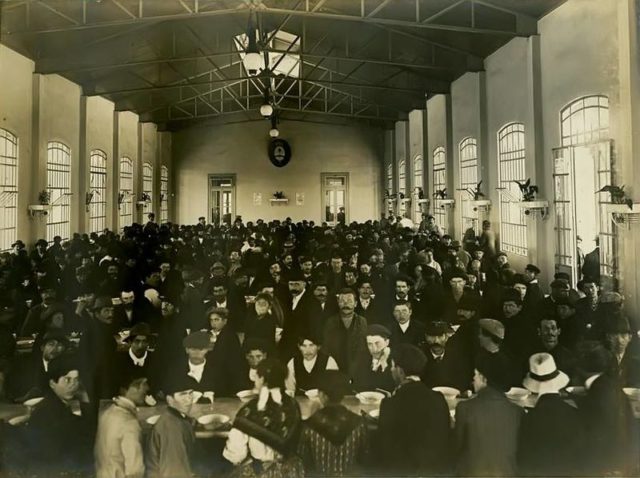
The housing services were free; that is, free until the migrants found employment and could take care of themselves–they had five days to do so. And in order to find a job, these people were given advice and assistance. To further help them settle into their new home, they were given instruction on Argentinian society and customs, and support in learning the language.
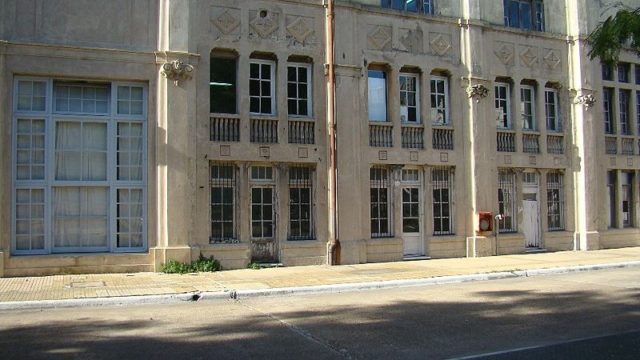
The complex named Hotel de Inmigrantes was built from 1906 to 1911, on the Northern Dock in the district of Puerto Madero. The Udina and Mosca Company, together with the Ministry of Public Work, were responsible for the construction of the hotel.
Among the first elements to be built was the disembarkation hall, after which followed the employment office. Next came the administration block and the hospital, while the accommodation facilities were erected last. The building is about 330 feet long, 85 feet wide, and towers four stories above the port. Each story had four dormitories capable of housing 250 people.
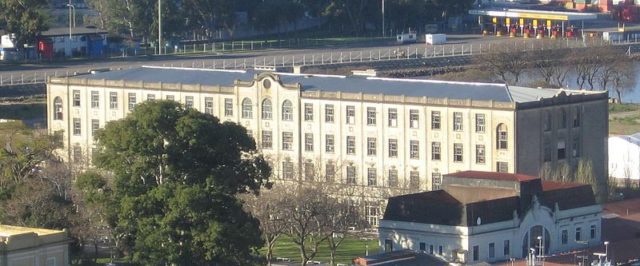
The immigrants arrived at the port by ship; before the new arrivals could disembark, immigration officials boarded the ship to check their documents, and they were given a medical check by a doctor. If everything proved to be in order, the immigrants were then allowed to enter the country. The darker side of this process was that those who were ill, had mental difficulties, or were over 60 years old were not allowed to leave the ship and seek refuge in Argentina. Even those with physical disabilities weren’t welcomed. Baggage was also checked before being returned to its owner.
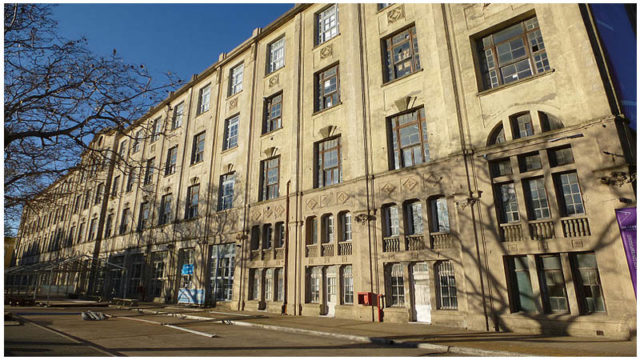
Once inside the complex, the people were pointed towards the accommodation facilities and were given a number that would later allow them to enter or exit the complex at will. Discipline was kept to a high level–every morning, the wardens woke the residents and gathered them for breakfast that included bread, yerba mate, and coffee.
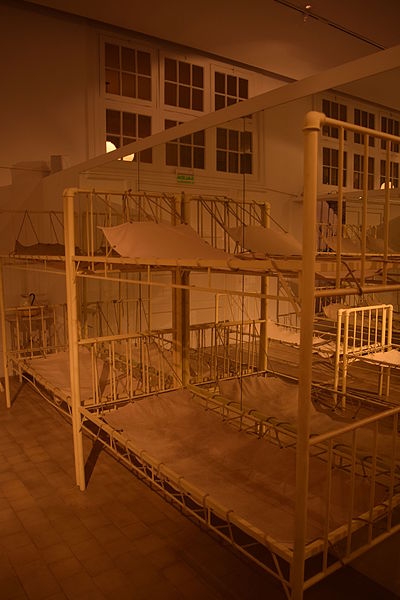
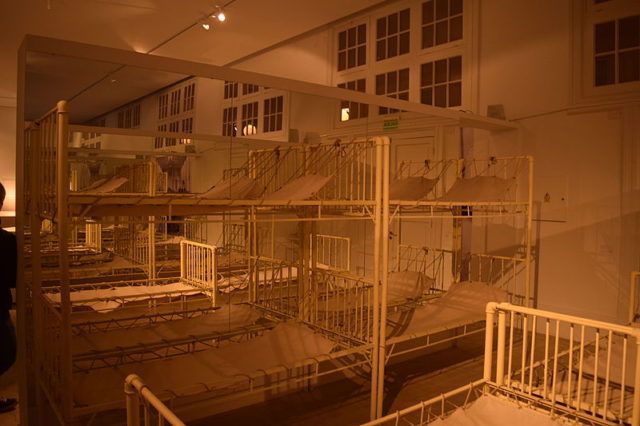
After breakfast, the day was ready to begin. Generally, women took care of the children or were busy at the laundry, and the men headed straight towards the employment office. Mealtimes were signaled by a bell and carried out in shifts of 1,000 people who entered the dining room to eat their meal. Lunch was usually a bowl of soup with a meat stew or pasta and sometimes rice. Around 3pm, tea was offered to the children, and dinner time came at 6pm.
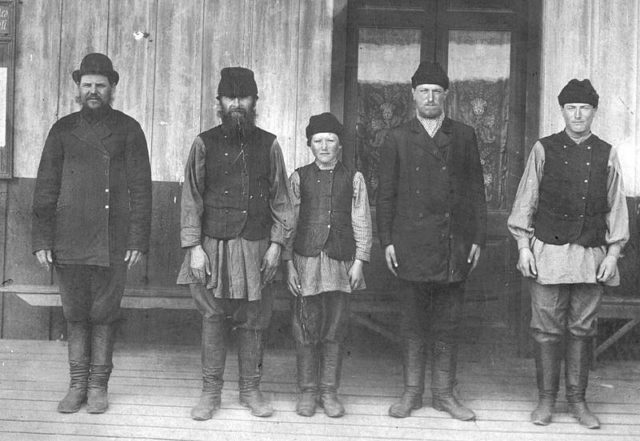
The end of this hotel came in 1953. No more immigrants were admitted but the complex itself was used for visa processing. It was declared a National Historic Monument in 1995.
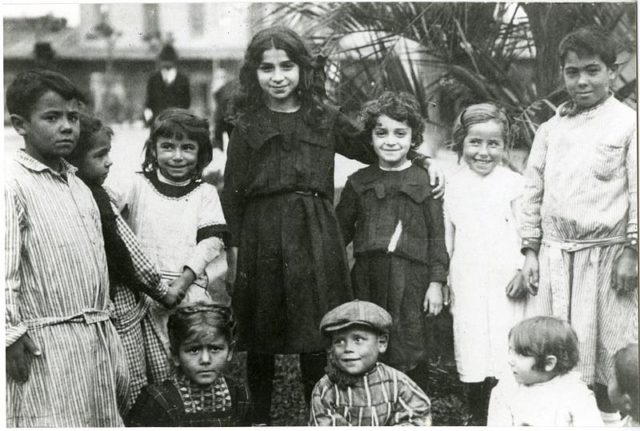
Today, this place is home to the Museo Nacional de la Inmigración, or the National Museum of Immigration, where a permanent exhibition is on display showing photographs and sharing stories with the general public, depicting the days when thousands were welcomed and given the chance for a new and hopefully better life.
